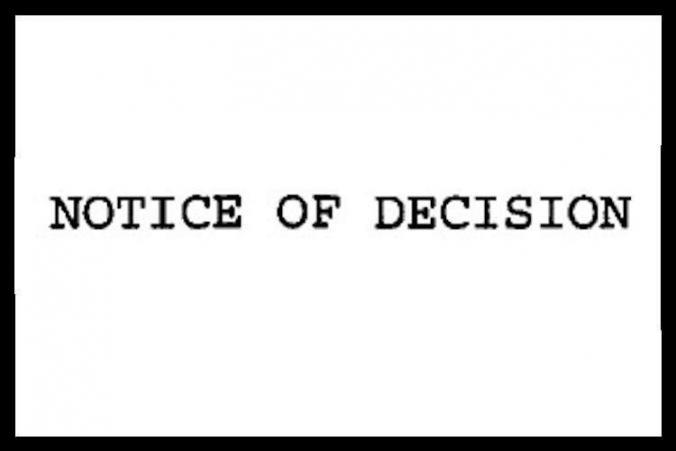Workers’ compensation claims can be overwhelming. Recently, I’ve consulted with several injured workers who have been completely overwhelmed with their claims. As a result, they started avoiding claim related documents. Among those, are L&I notice of decision letters. You must not ignore those.
Dealing with L&I claim orders and communications
Some work injury claimants I talk to no longer open their mail because it was causing them too much anxiety. I call this the “ostrich approach”. Just like an ostrich, burying its head in the sand, injured workers with a work injury claim who avoid claim-related communication don’t see the danger that is coming. They may miss critical deadlines, which in turn, can cause permanent harm to their workers compensation claim.
The Department of Labor and Industries (L&I) has the obligation to administer work injury claims. Similarly, claimants have the right to challenge L&I decisions that they believe are a mistake. However, work injury claimants only have 60 days to challenge and protest an L&I decision. If you do not file a request for reconsideration within 60 days, then you essentially waive your right to challenge L&I.
Remember, L&I makes mistakes. There’s no question about it. But, like it or not, it’s your job to be on top of things. In other words, if you don’t appeal an L&I decision, their mistake becomes final and binding under the law, no matter how wrong it may be.
L&I notice of decision
When L&I makes a decision concerning an issue in an L&I claim, they must notify the injured worker. In fact, they have to send something called a written order. Usually, these decisions are titled “NOTICE OF DECISION”. Here is what one that comes from L&I looks like:

L&I payment order
Sometimes L&I makes unfavorable decisions in what they title “PAYMENT ORDERS”. You would think something called a payment order would be a favorable decision issuing a payment. It isn’t uncommon for L&I to make a decision denying time-loss compensation or closing a claim in a decision called “PAYMENT ORDER”. Here is an example:
![]()
Can I protest a notice of decision or payment order?
Whether a decision is a NOTICE OF DECISION, PAYMENT ORDER, or has some other label, it’s’ easy to tell if you have the right to protest. For that, you can refer to the bottom of the decision letter and read it carefully. For example, it will look something like this:

In some cases, work injury claimants protest a decision. Then, after some time goes by, L&I affirms its previous determination. When this is the case, the notice of appeal rights looks as follows:

Monitor your L&I claim
If you have a work injury claim or L&I claim, the most important thing you can do is to pay attention to notices. You can protect yourself and protect your workers compensation claim by protesting or challenging L&I’s mistakes on time. There is nothing more heartbreaking for me than being contacted by an injured worker who disagrees with an L&I decision after they waited too long to dispute a decision.
Don’t be overwhelmed by your claim. If your claim and the associated correspondence is causing you too much anxiety, contact an experienced attorney who can help alleviate your anxiety. Your attorney will receive all the communications directly. They will oversee your claim and ensure that the Department’s mistakes are challenged on time.
